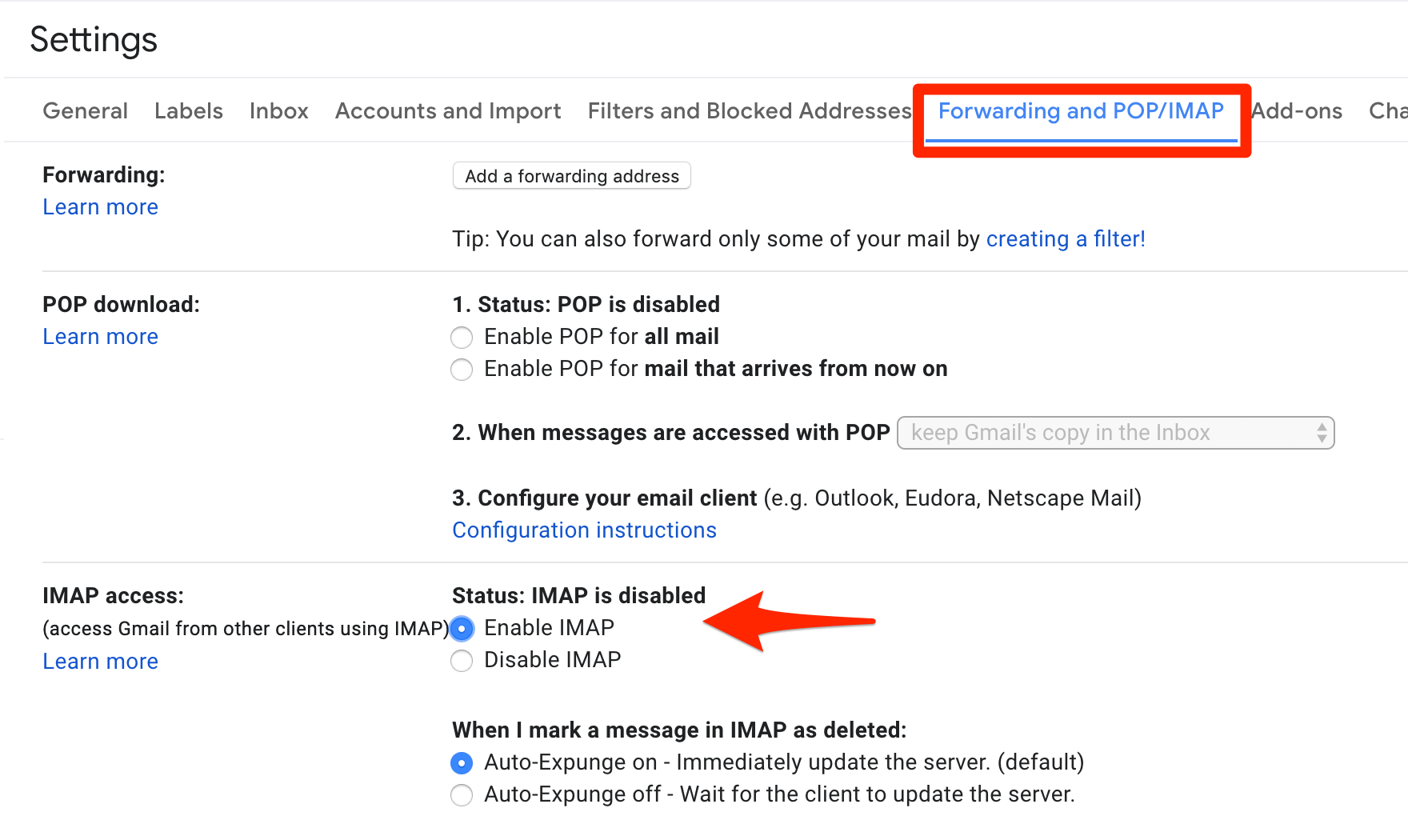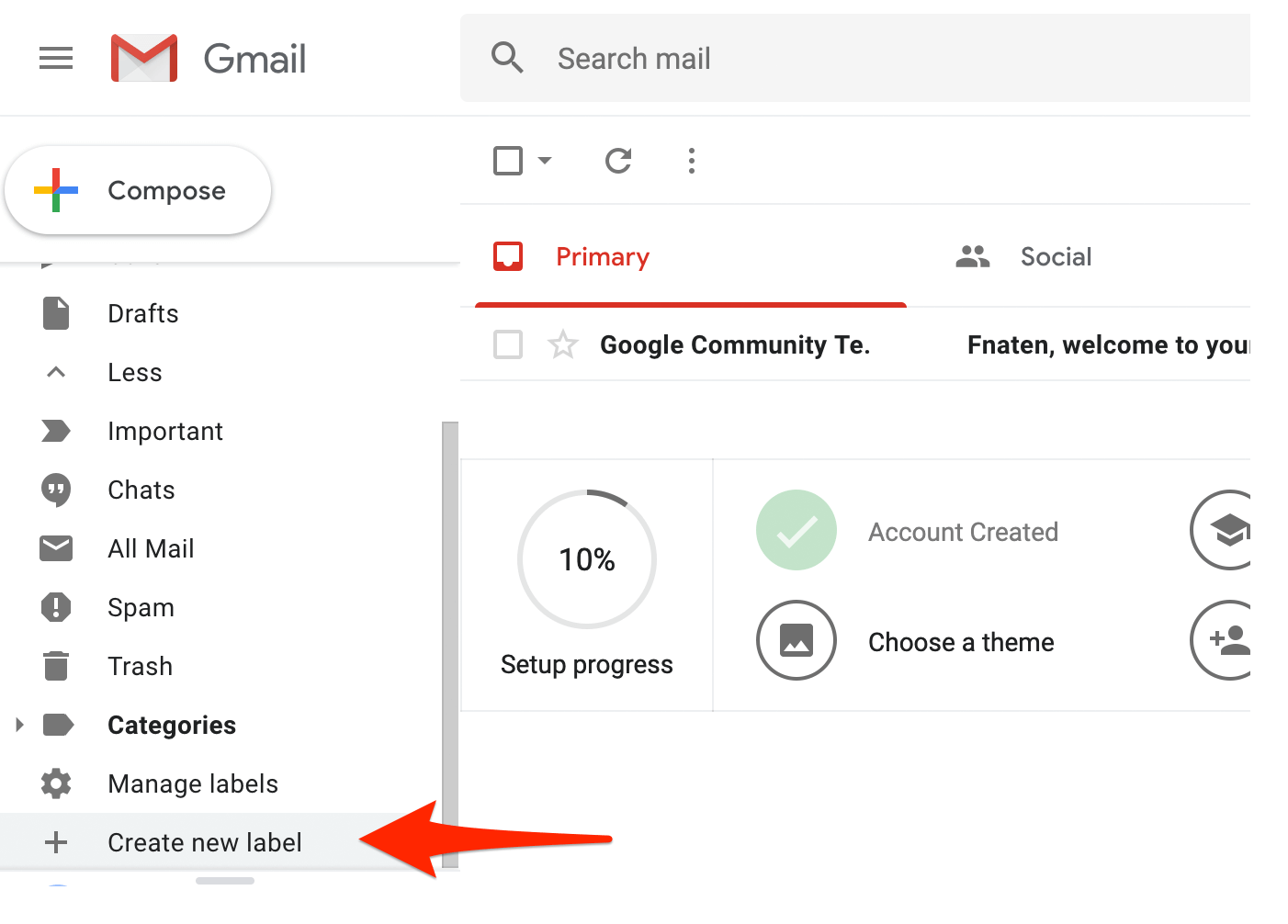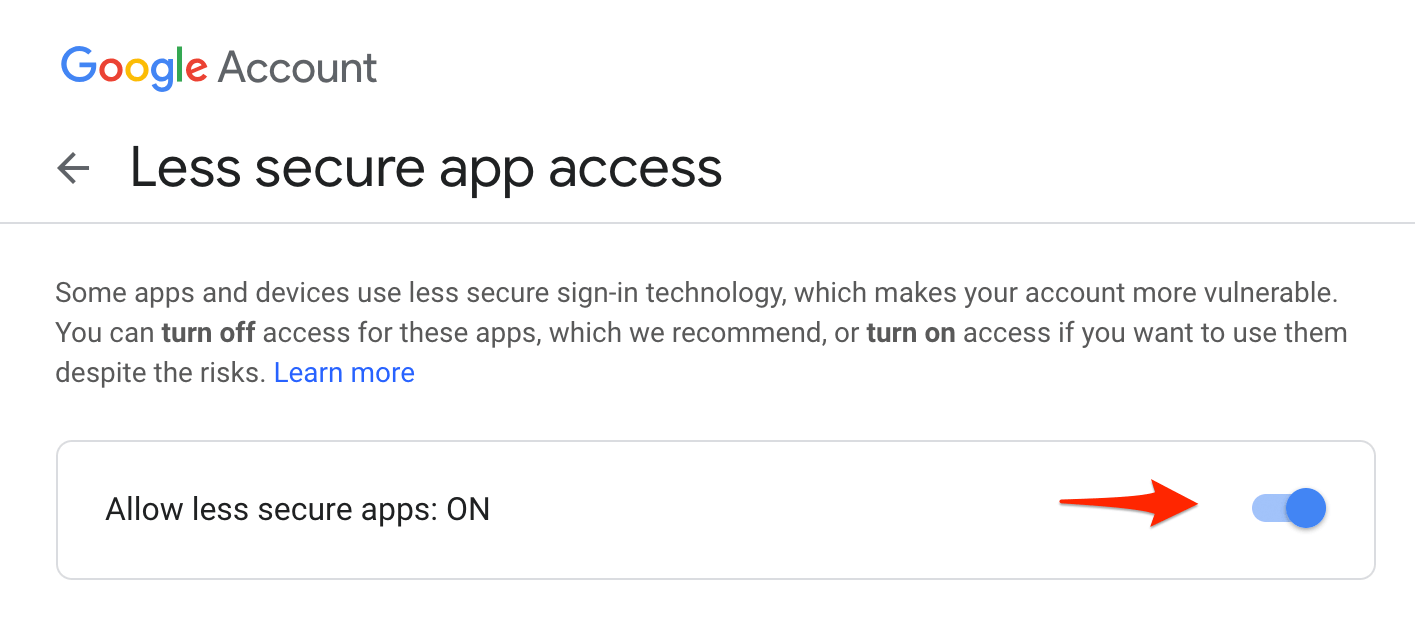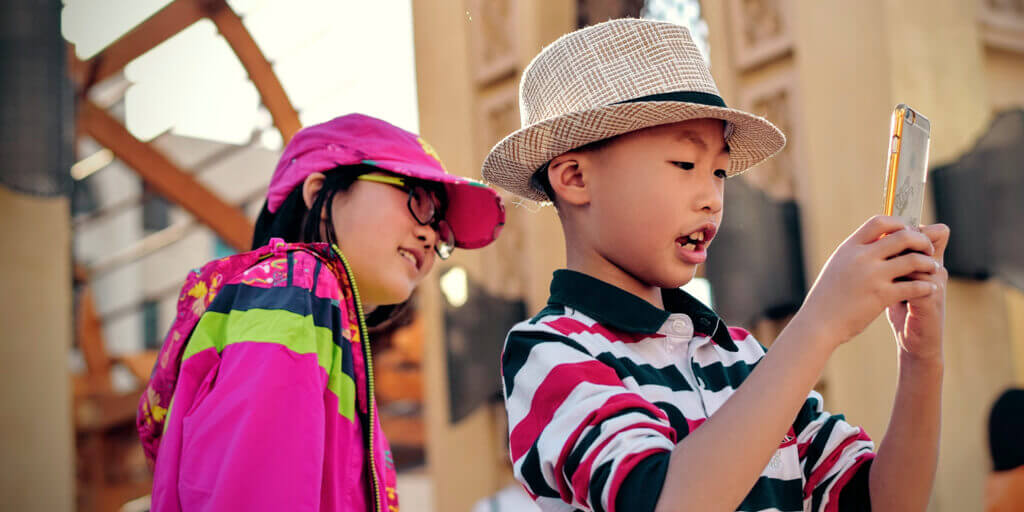Do you want to email a picture from your phone to your digital picture frame at home? And allow friends & family to do the same?
Here is a simple solution using a free dedicated Google Gmail account and a Python script running on your digital picture frame.
Once installed, every person who has the email address of your frame and adds the secret hashtag in the subject line can send you images that will be automatically added to your photos repository.
Update April 2022: Google has announced that “less secure apps” will not be allowed to access Gmail post-May 2022. Here is an alternative solution, should the one below not work anymore.
Simple is as simple does
Regularly adding images to the collection on your digital picture frame is a crucial ingredient to enjoying the experience every day a bit more.
I have described a solution to share your digital picture frame image folder with family & friends using Resilio Sync. But sometimes even this is too much hassle, and you want an even simpler solution.
This is why it is helpful to have alternative ways to add images that are both fully automated and require no maintenance.
One approach is to send one or several images to a dedicated digital picture frame email account. The emails have to be marked with a secret hashtag, and only emails with a valid hashtag are scanned. The photos will then be downloaded and added to your frame – without you having to do a thing.
Following this scan, all emails are being moved to a “Processed” folder, including those that did not have a matching hashtag – keeping your inbox always tidy.
I chose not to delete emails but move them to another folder instead because it makes debugging easier should there be any issues. As Gmail grants 15 GB of storage quota, you are unlikely to run out of space.
The following instructions assume that you have read the article “How to set up your Raspberry Pi for your digital picture frame“.
Create a Gmail account and set it up for your frame
Go to Gmail and create a new Email account. Always remember to use a random, unique, and long password.
When you are done, log into your account. The first thing we need to do is to activate IMAP. Under the gearwheel, go to “Settings” and enable IMAP.

Next, create a label (this is what folders are called in Gmail) and call it “Processed”.

Third, change the security settings so that you can access it from the Raspberry Pi.
Go to your account settings and “Allow less secure apps”.

And last, send an email from your new digital picture frame email account to your standard email address and reply. This seems to be helpful to show Google at least once that you are not a robot as your digital picture frame email will only receive emails in the future.
That’s it. You have now configured your digital picture frame’s email address.
The Python script to download the images
The Python script does the following:
It checks your Gmail account if you have any new emails. If there are new emails, it will verify if the subject line includes your secret hashtag like “#mypictures”. The hashtag can be anywhere in the subject line.
If new mails with the secret hashtag are being found, the script will check to see if there are any images and will download them into a folder called “attachments” in the Pi home directory. Several images can be included in one email, and all are downloaded.
Just tell your friends & family to send the photos with the highest resolution setting and to not resize them in the email program. That way, you will have the best photo quality in your digital picture frame.
Copy and paste the following code into a new Python file called get_images_from_emails.py.
#!/usr/bin/env python3
# read emails and detach attachment in attachments directory
import email
import getpass, imaplib
import os
import sys
import time
detach_dir = '.'
if 'attachments' not in os.listdir(detach_dir):
os.mkdir('attachments')
userName = 'enter-your-gmail-account-name-here'
passwd = 'enter-your-password-here'
try:
imapSession = imaplib.IMAP4_SSL('imap.gmail.com',993)
typ, accountDetails = imapSession.login(userName, passwd)
if typ != 'OK':
print ('Not able to sign in!')
raise Exception
imapSession.select('Inbox')
typ, data = imapSession.search(None, 'SUBJECT', '"#mypictures"')
if typ != 'OK':
print ('Error searching Inbox.')
raise Exception
# Iterating over all emails
for msgId in data[0].split():
typ, messageParts = imapSession.fetch(msgId, '(RFC822)')
if typ != 'OK':
print ('Error fetching mail.')
raise Exception
emailBody = messageParts[0][1]
mail = email.message_from_bytes(emailBody)
for part in mail.walk():
if part.get_content_maintype() == 'multipart':
continue
if part.get('Content-Disposition') is None:
continue
fileName = part.get_filename()
if bool(fileName):
filePath = os.path.join(detach_dir, 'attachments', fileName)
if not os.path.isfile(filePath) :
print (fileName)
print (filePath)
fp = open(filePath, 'wb')
fp.write(part.get_payload(decode=True))
fp.close()
#MOVING EMAILS TO PROCESSED PART BEGINS HERE
imapSession.select(mailbox='inbox', readonly=False)
resp, items = imapSession.search(None, 'All')
email_ids = items[0].split()
for email in email_ids:
latest_email_id = email
#move to processed
result = imapSession.store(latest_email_id, '+X-GM-LABELS', 'Processed')
if result[0] == 'OK':
#delete from inbox
imapSession.store(latest_email_id, '+FLAGS', '\\Deleted')
#END OF MOVING EMAILS TO PROCESSED
imapSession.close()
imapSession.logout()
except :
print ('No attachments were downloaded')
A few notes:
Enter your Gmail account name (without “@gmail.com”) and your password in
userName = 'enter-your-gmail-account-name-here'
passwd = 'enter-your-password-here'Change the download directory by modifying “attachments” in this line (e.g. ‘Pictures/show/gmail-import’)
os.mkdir('attachments')and this line
filePath = os.path.join(detach_dir, 'attachments', fileName)You can change your secret code word by editing
#mypicturesMake sure that you keep the single and double-quotes.
typ, data = imapSession.search(None, 'SUBJECT', '"#mypictures"')Place the script into your Raspberry Pi home directory.
To call this script every hour, you have to modify your crontab file.
In Terminal enter
crontab -eand add the following line in the editor:
0 * * * * python3 get_images_from_emails.pyTest your setup with a few emails (don’t forget the hashtag in the subject line) and see if it works as expected. You will find your images in the “attachments” folder in the Raspberry Pi home directory.
Conclusion
Are you ready for the next move?
To make this whole process of adding images even more convenient, newly arrived photos can be automatically verified and cropped to fit the aspect ratio of your digital picture frame. Then, they will be moved to a directory based on the EXIF date the photo was taken.
This automation will be the subject of a forthcoming article.
Was this article helpful?
Thank you for your support and motivation.
Related Articles
- How to send photos to your Raspberry Pi digital photo frame via email – 2022 Update
- How to get a professional and automatic aspect ratio crop for your images on your Raspberry Pi digital picture frame
- How I added smooth crossfading image transitions to my Raspberry Pi digital picture frame (OS Buster Edition)
- How to only show portrait photos on your Raspberry Pi photo frame
